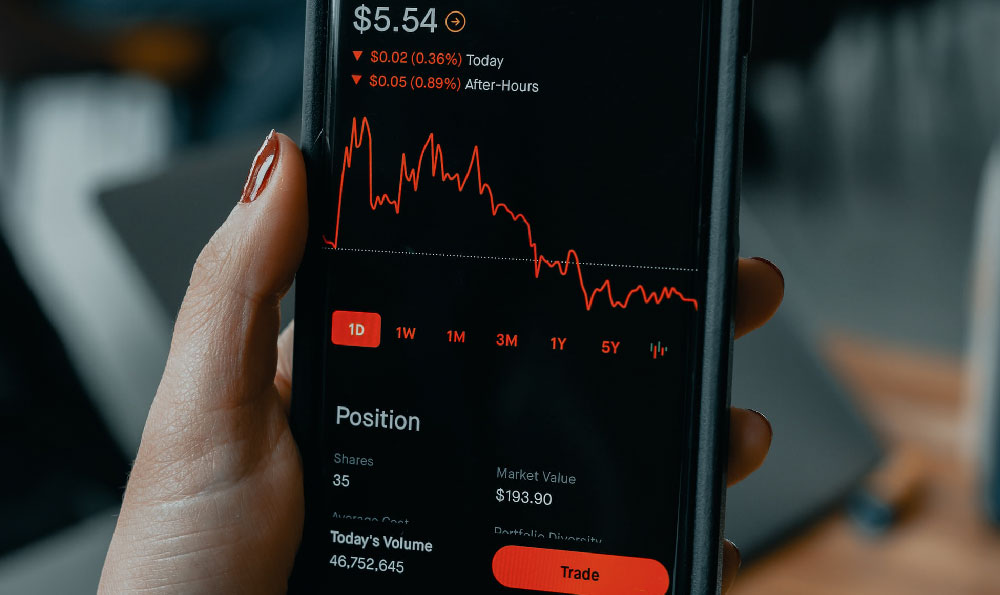How the Rich Leverage Debt to Build and Grow Wealth

The concept of debt often conjures images of financial peril, yet for those who understand its nuances, strategic debt management can serve as a powerful catalyst for wealth accumulation. Unlike the common narrative that pits debt against wealth, the reality is more complex. The affluent recognize that debt is not inherently harmful but rather a tool that can be wielded with precision to amplify returns and create pathways to financial independence. This mindset is rooted in the ability to differentiate between good debt and bad debt, leveraging the former to generate income while avoiding the pitfalls of the latter. By aligning debt with long-term goals and maintaining a clear understanding of financial leverage, individuals can transform liabilities into assets that fuel growth.
One of the most prevalent strategies among high-net-worth individuals is using debt to invest in appreciating assets. When the cost of capital is low, borrowing money to purchase real estate, stocks, or other income-generating properties can be incredibly effective. For instance, a homeowner who secures a mortgage to invest in a rental property not only uses their existing equity but also taps into a low-interest loan to build passive income. Over time, as the property appreciates and rental payments cover the mortgage, the debt becomes a stepping stone rather than an anchor. This approach hinges on the principle that the return on investment (ROI) must exceed the cost of borrowing, creating a positive cycle of wealth generation. Similarly, investors may use margin accounts to amplify their stock portfolios, but this requires a meticulous risk assessment to ensure that the potential gains justify the added leverage.
Another critical dimension of leveraging debt is its role in acquiring human capital. Education is often a prime example of this phenomenon, as individuals borrow funds to enhance their skills and knowledge. A student who finances a degree through loans may have access to higher-paying job opportunities that far outpace the interest costs of their education debt. This is particularly evident in specialized fields such as technology, finance, or medicine, where the ROI of professional development is palpable. By viewing education debt as an investment in future earning potential, individuals can justify the financial commitment as a strategic move toward long-term stability. Moreover, continued education through executive programs or certifications can further solidify this approach, allowing professionals to stay competitive in their industries.

Entrepreneurship is another domain where debt plays a foundational role. Startups and small businesses often rely on loans, investors, or lines of credit to scale operations and generate revenue. For example, a business owner who utilizes a business loan to expand their operations may create new jobs and increase market share, ultimately leading to higher profitability. The key here is the ability to assess the risk-to-reward ratio accurately. If the expected growth of the business outweighs the interest of the loan, the debt becomes a strategic asset rather than a liability. This principle is also evident in venture capital, where investors provide funding in exchange for equity, enabling entrepreneurs to pursue ambitious projects that could revolutionize industries.
The strategic use of debt is not limited to tangible assets. High-net-worth individuals often engage in debt financing for personal ventures, such as starting a family business or investing in private equity. These decisions are based on a comprehensive understanding of financial markets and the ability to predict long-term outcomes. For instance, a private equity investor may borrow funds to acquire a company that is undervalued, with the expectation of future growth and profitability. This requires a deep analysis of the target company’s financial health, market potential, and management capabilities, ensuring that the debt is a calculated risk rather than a reckless indulgence.
Ultimately, leveraging debt for wealth building demands discipline, foresight, and a willingness to embrace risk. The rich understand that debt is not a crutch but a means to create opportunities and accelerate financial growth. By aligning debt with their goals and maintaining a diversified approach to financial leverage, they generate returns that outpace their competitors. This philosophy emphasizes the importance of financial literacy, risk management, and the ability to make informed decisions, all of which are essential for sustainable wealth creation. In a world where financial freedom is the ultimate goal, the strategic use of debt can be a vital component of that journey.















